Beat the Sweat
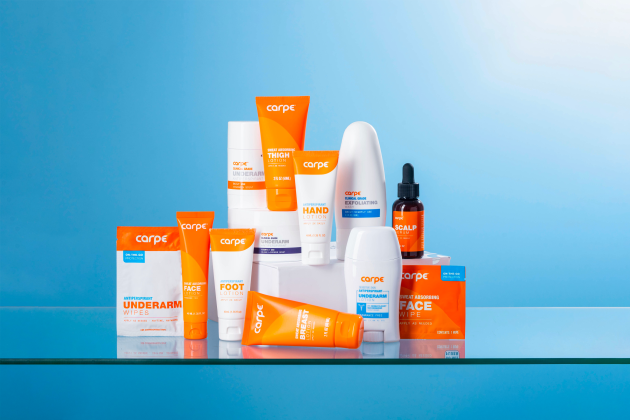
With summer in full swing, sweat is top of mind — for consumers and brands alike.
Brands like Dermadry, Duradry and Carpe are doubling down on sweat-preventing products and technology, while the #Hyperhidrosis hashtag on TikTok has more than 564 million views.
More from WWD
The 12 Best Pink Lipsticks for Every Barbie Girl, Tested by Editors
Introducing the Barbie-inspired Fragrance That's Been in the Works Since 2019
Hyperhidrosis, a condition in which one experiences excessive sweating, plagues about 3 percent of adults between the ages of 20 and 60 according to the Cleveland Clinic. Of late, though, many dermatologists are reporting an uptick in concerned patients.
“[It] usually increases this time of year as temperatures heat up, certainly, a bit more this year with the hotter than usual spring and early summer,” said Dr. Dhaval G. Bhanusali, board-certified dermatologist and founder of Hudson Dermatology & Laser Surgery, who often uses prescription antiperspirants and oral medications to treat the condition.
While it can occur anywhere, common affected areas include underarms, feet, hands, forehead and cheeks.
“Everyone talks about it as an underarm thing, but I’ve treated it and seen it quite frequently on the scalp, the face, the palms, the soles, sometimes the tush,” said Dr. Amy Wechsler, who is board certified in both dermatology and psychiatry. “People can have excess sweating from almost anywhere.”
According to experts, Botox is the most effective treatment for many who experience excessive sweating. It works by blocking the nerves, in turn preventing sweating. “I inject a lot of Botox and similar molecules,” said Wechsler. “It’s the best treatment. It has no side effects.”
Dr. Gary Goldenberg, a Manhattan-based board certified dermatologist and founder of Goldenberg Dermatology, has taken a similar approach with the condition and recommends between 100 and 200 units every three to six months depending on the severity. In an effort to reduce sweating and discomfort during the actual treatment, because it requires several injections in sensitive areas like hands and feet, he uses TargetCool at his office. TargetCool essentially chills the area prior to injection to prevent pain and sweating.
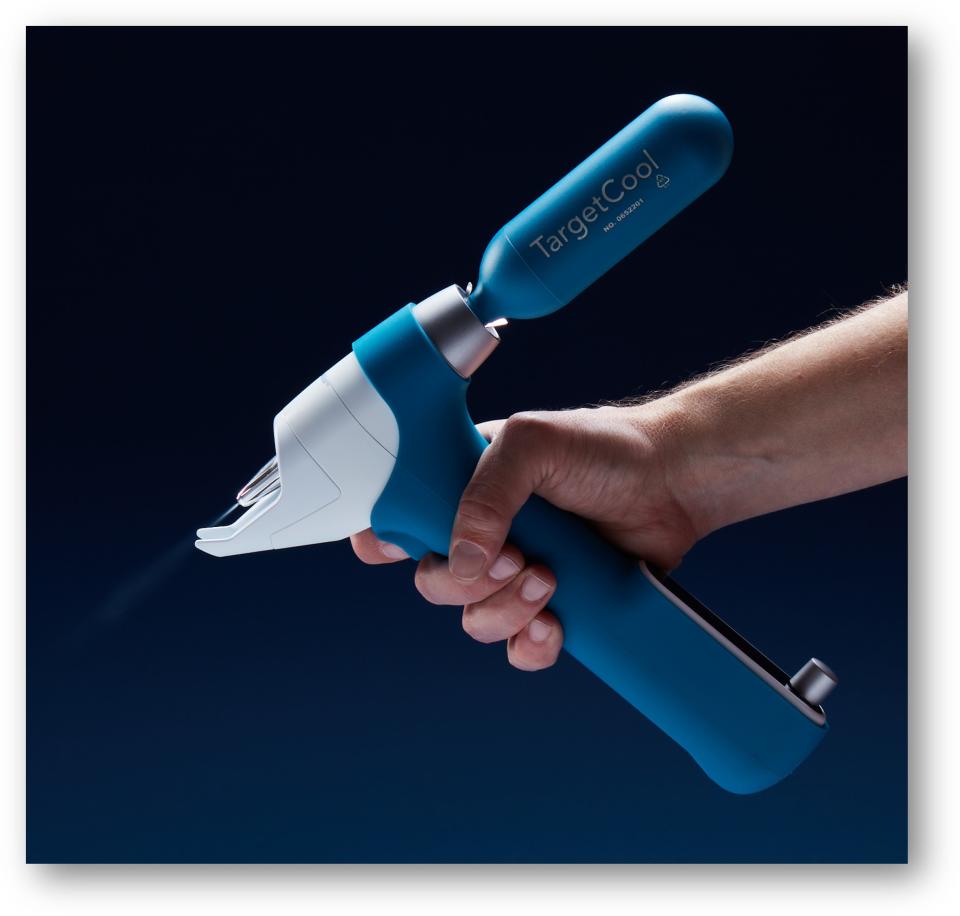
“It sprays the skin to the temperature that you select,” said Goldenberg. “I use the TargetCool to chill the skin and that allows me to essentially inject in a more painless manner.”
Other in-office treatments include oral medications like glycopyrrolate and oxybutynin, which block sweat glands but have side effects like dry mouth and brain fog, or prescription clinical grade antiperspirants like Drysol.
On the more extreme end, there is endoscopic thoracic sympathectomy, an operation in which the nerves are removed. This surgery is controversial and according to the International Hyperhidrosis Society is not recommended by many physicians, as it has several side effects such as compensatory hyperhidrosis (excessive sweating in another area).
Several brands are looking to treat this condition with more accessible, at-home options.
Carpe, which first launched in 2015, has gained traction, with nearly 15 percent year-over-year growth in search, according to data from Spate. Cofounders Kasper Kubica and David Spratte both struggled with sweaty palms and couldn’t find an accessible solution.
“There was no widely accessible over-the-counter solution,” said Kubica.
Together, the duo, then college students, began working with ingredient suppliers, dermatologists and researchers to develop Carpe’s antiperspirant solutions, which feature aluminum salts to block the sweat glands. At the time of launch the focus wasn’t on the underarms, though the brand has products for that common area now, as well.
“What we saw at the time is excessive sweating to areas of the body beyond just the underarms, so we made it our focus from there to start addressing sweat all over the body,” said Kubica. Carpe has everything from a Scalp Serum, $25, to a Face Primer with SPF 30, $48.
Research from Mintel shows that consumers are increasingly interested in deodorants and antiperspirants that can be used on different areas of the body. According to the firm’s report, 21 percent of respondents have used a multiuse deodorant/antiperspirant and 39 percent are interested in trying one.
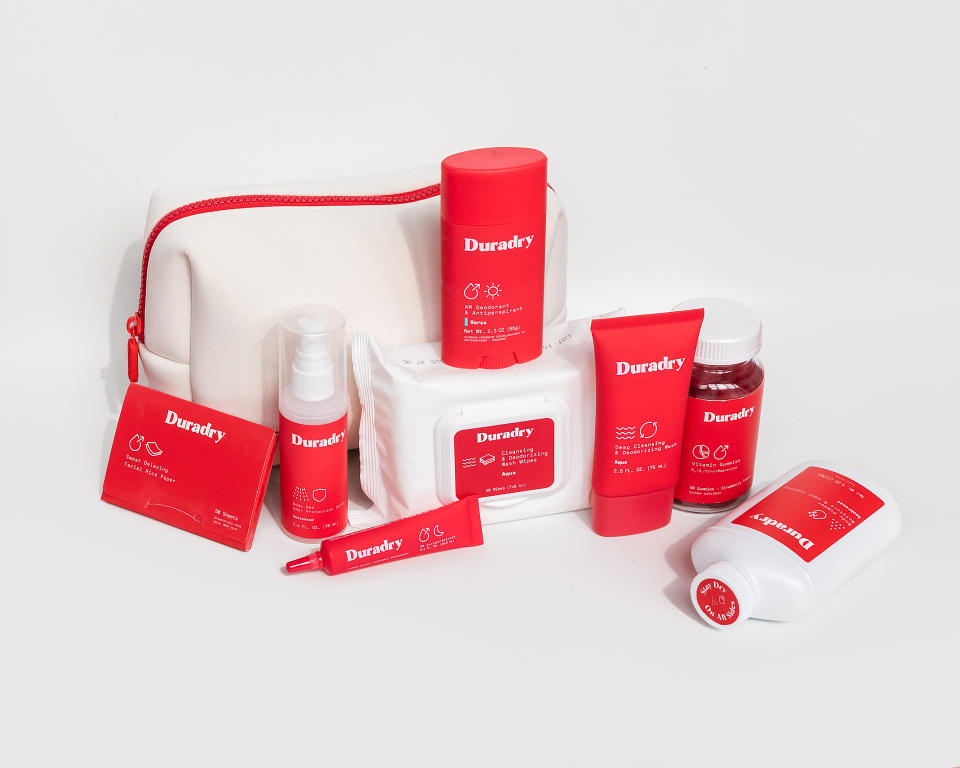
Duradry — which has experienced triple digit growth according to the brand — is a sweat-fighting brand that employs aluminum salts in its products including Antiperspirant Wipes for Hands & Feet, $18, and Body Powder, $16.
This move toward antiperspirants directly contrasts the natural deodorant trend. Additional brands, like Miles, are coming to market with both clean antiperspirants and deodorants to address both trends.
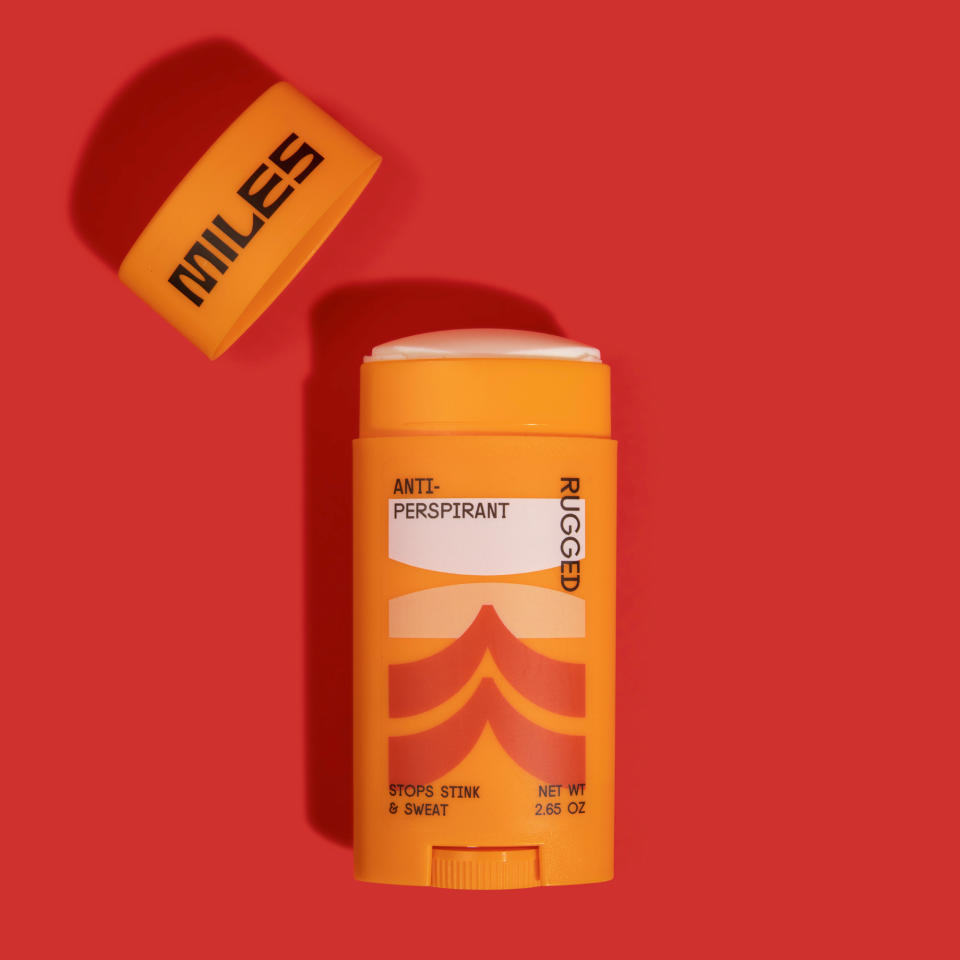
Dermadry has taken a technology-focused approach with its at-home tap water iontophoresis machine. It combines tap water and electric current to prevent any action from the nerves and sweat glands. The brand’s devices, which currently span usage for underarms, hands and feet, cost upward of $998.
According to Dermadry cofounder Mathieu Mireault, its customer is someone who’s tried “everything on the market that’s more affordable until they get to this machine,” as it is pricier than topical products.
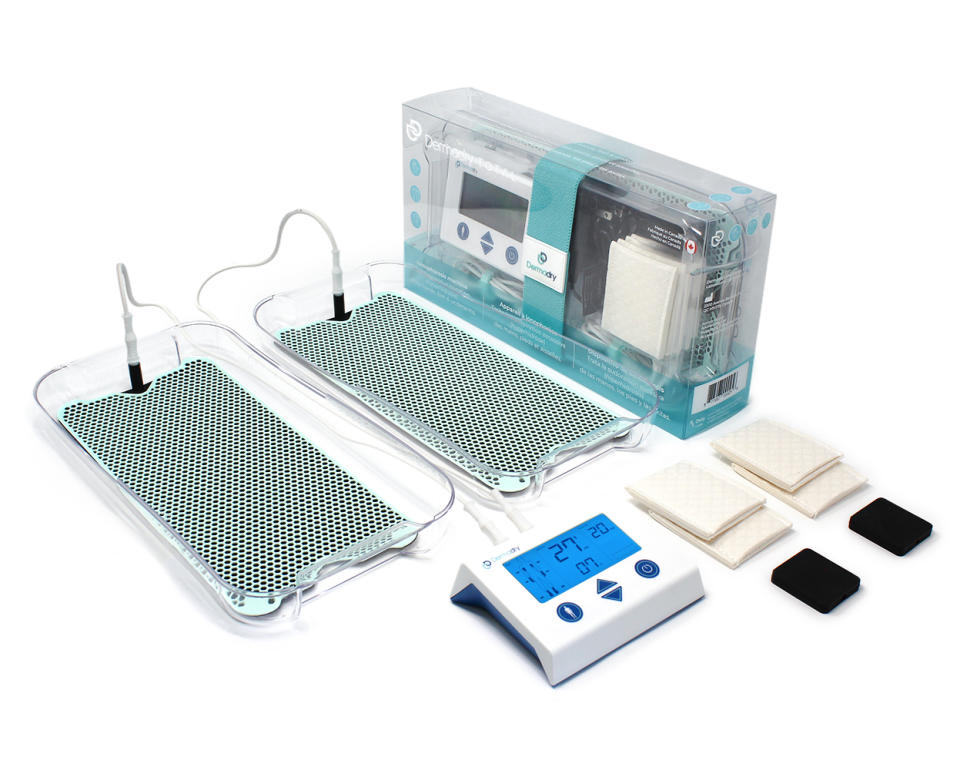
For all of these brands, offering accessible solutions and breaking the taboo are the key obstacles within the excessive sweating market.
“We talk to a lot of doctors and what they say is that people would go for a consultation for… something more serious and right at the end when they’re leaving they say, ‘Oh, and one last thing,'” said Mireault. “Hyperhidrosis is the one last thing.”
In an effort to break the taboo, brands are tapping influencers and promoting real users’ stories across their marketing.
“I don’t think there’s anything inherently bad about it [sweating], anything that needs to be stigmatized or that people should be embarrassed,” said Kubica. “It’s just that for a lot of us, it’s something that does get in our heads and annoys us and it’s something that we have to be thinking about all day.”

